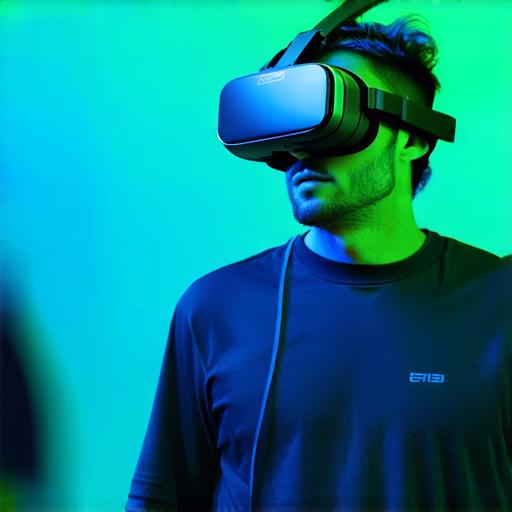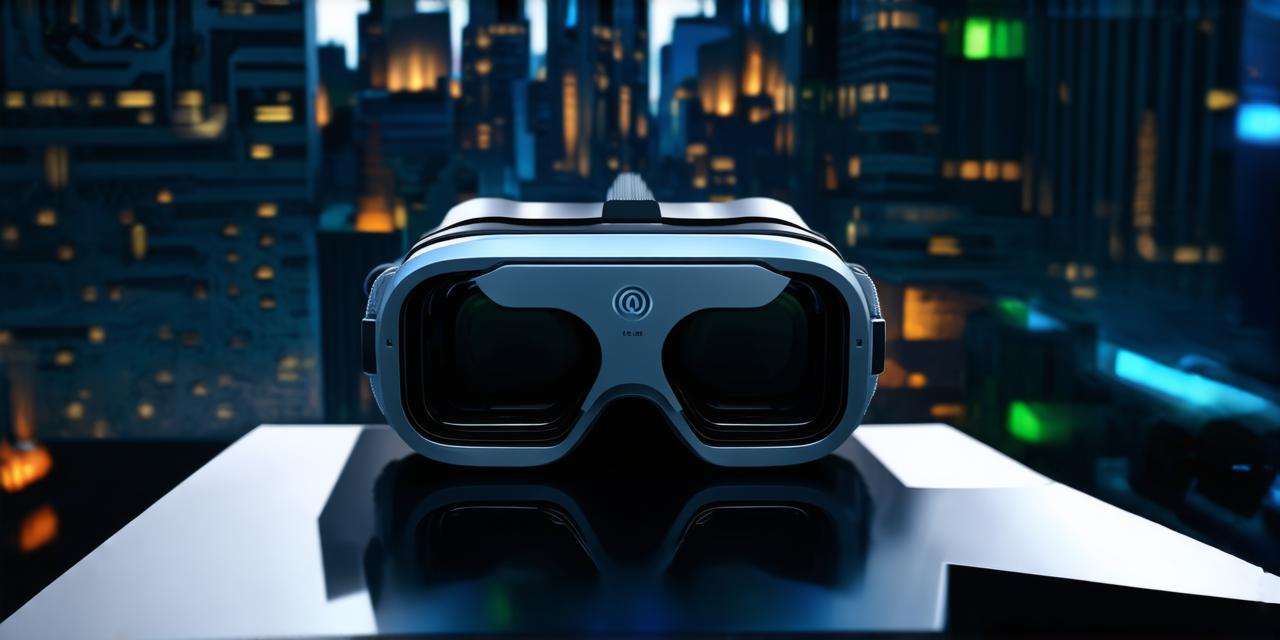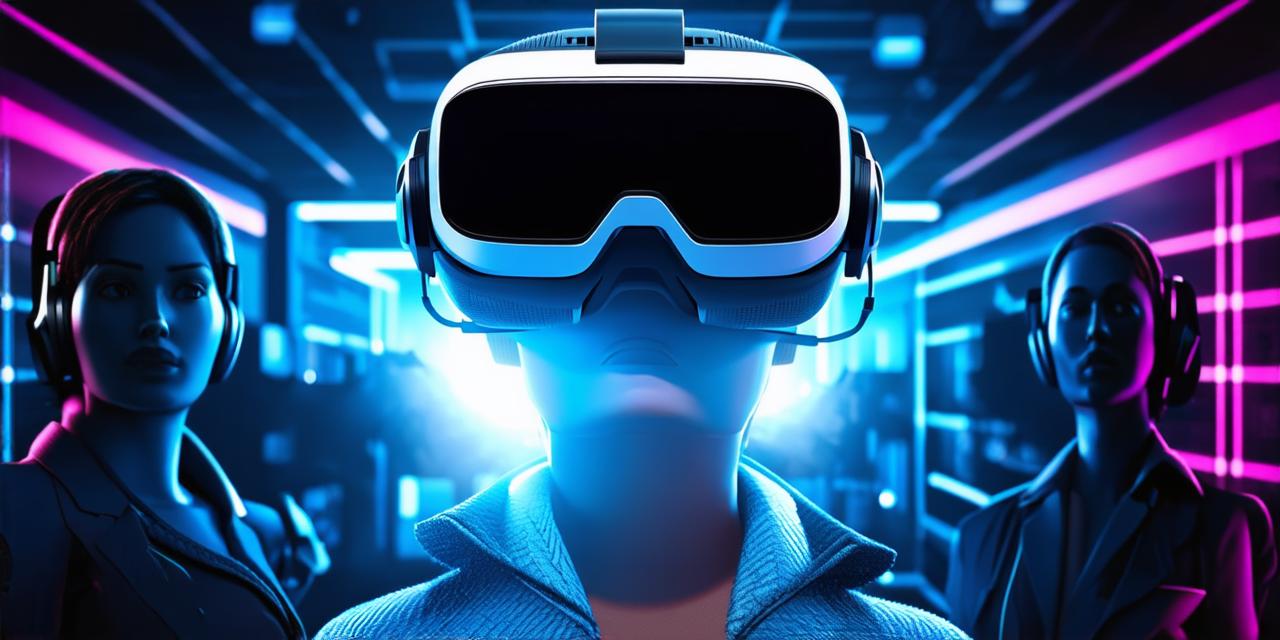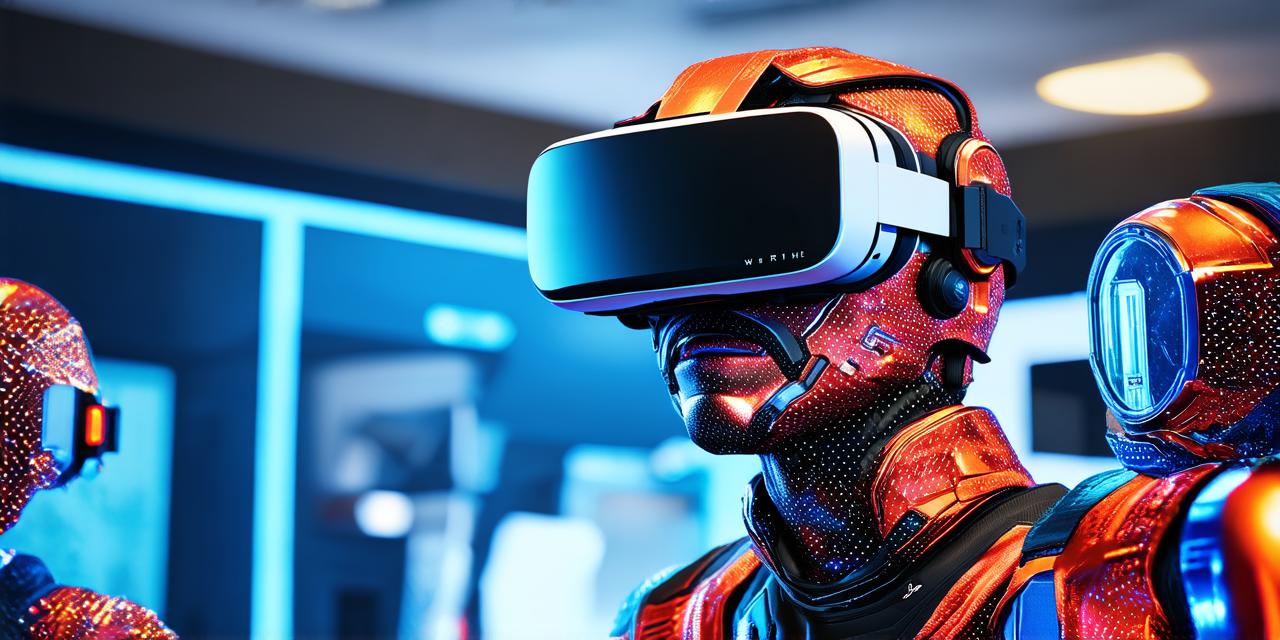Virtual reality (VR) is a technology that allows users to experience an immersive, interactive environment. With VR, users can feel like they are in a different location or time period, and can perform actions that would be impossible in the real world. This technology holds great potential for the future of content marketing, as it offers a unique way for brands to engage with their audience and deliver memorable experiences.
One of the main benefits of VR for content marketing is its ability to create highly engaging and immersive experiences. Users can feel like they are really in the environment being presented, which makes them more likely to remember the experience and share it with others. This can be especially effective for brands looking to promote products or services that require a hands-on or interactive approach, such as travel and tourism, real estate, and automotive industries.
In addition, VR also allows brands to deliver personalized experiences to their audience. By creating customized environments and scenarios, brands can tailor the experience to the individual needs and preferences of each user. This can create a more meaningful connection between the brand and the consumer, which can lead to increased loyalty and advocacy.
Virtual reality also holds great potential for storytelling. Brands can use VR to create interactive narratives that allow users to explore different aspects of their brand’s story and history. This can be especially effective for brands looking to tell a complex or emotional story, such as those in the social cause or humanitarian space.
Another benefit of VR for content marketing is its ability to offer a unique perspective. With VR, users can experience things from a different point of view, which can help them understand and appreciate the brand’s message in a new way. This can be especially effective for brands looking to promote sustainability or environmental issues, as VR allows users to see the impact of their actions firsthand.
Finally, virtual reality also holds great potential for collaboration and community-building. Brands can use VR to create shared experiences that bring people together and foster a sense of connection. This can be especially effective for brands looking to promote social causes or events, as VR allows users to experience the event as if they were there in person.
In conclusion, virtual reality holds great potential for the future of content marketing. Its ability to create highly engaging and immersive experiences, deliver personalized content, tell stories in a unique way, offer a new perspective, and foster collaboration and community-building make it an ideal tool for brands looking to connect with their audience and create memorable experiences. As VR technology continues to advance, we can expect to see even more innovative and effective ways for brands to use this technology for content marketing.




